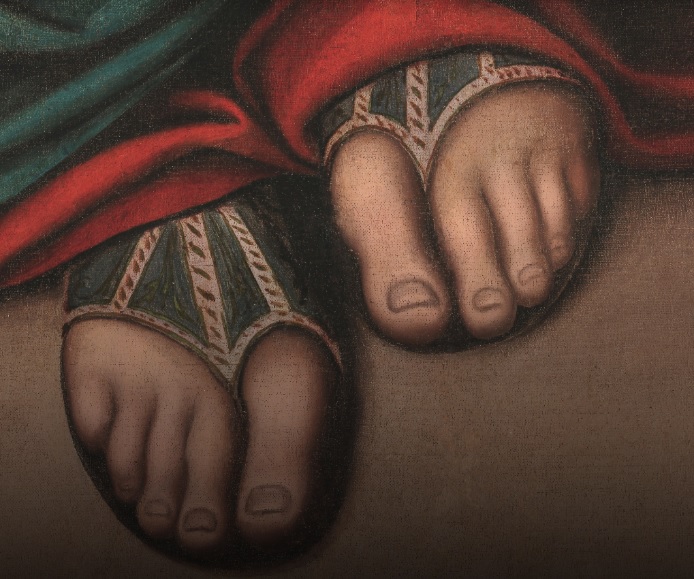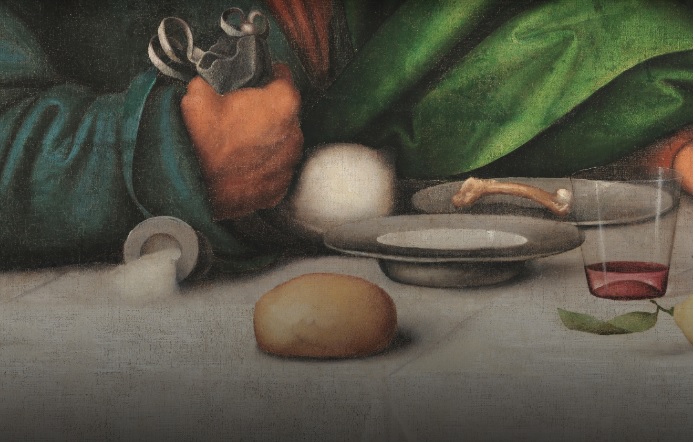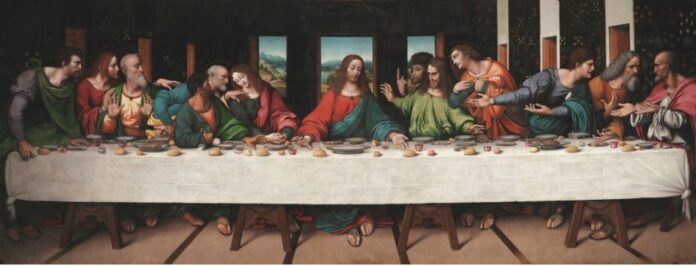Google has digitized—in ultra high resolution—a contemporaneous copy of da Vinci’s work that sheds new light on the masterpiece.
The Royal Academy of Arts in London (RA) is the latest institution to partner with Google Arts and Culture, the tech giant’s platform for the digitalization of the world’s most famous artworks.
Over 200 objects from the RA’s collection are now available for digital exploration on Google, with works by artists as varied as J.M.W. Turner, Thomas Gainsborough, and Kiki Smith.
Twenty of the works are specially presented in Gigapixel clarity, an ultra high resolution made possible by a proprietary Google camera.
But one artwork in particular stands out: a copy of The Last Supper made by Italian artist (and pupil of Leonardo da Vinci) Giampietrino. (Some believe that another of Leonardo’s students, Giovanni Antonio Boltraffio, also worked on the copy.)
The painting was likely done shortly after—if not at the same time—as Leonardo’s masterpiece, which lives at the Convent of Santa Maria delle Grazie in Milan.
But there are key differences between the two. (Another contemperaneous copy, possibly in part by Leonardo’s own hand, belongs to an abbey in Tongerlo, Belgium.)

Most importantly, whereas Leonardo’s artwork was painted in tempura and oil on a wall—an experimental technique at the time—the facsimile was done in good ol’ fashioned oil paint on canvas. As a result, the latter has aged much better, lending historians key insights into the long-faded masterwork in Milan.
And now you, too, can explore The Last Supper as if you were just inches away.
With Google’s augmented-reality tool, you can zoom in on details in the pupil’s painting that didn’t survive the test of time in Leonardo’s, such as Jesus’s feet, and the raised finger of Thomas—an allusion to the disciples’ incredulity about the resurrection. You can also see the cellar of salt knocked over by Judas, foreshadowing his betrayal.

The RA bought the copy in 1821 for 600 guineas. At the time, it was by far the most expensive object in the institution’s collection, and required a special meeting of its academicians to approve the purchase.
Other notable works in the school’s collection digitized by Google include John Constable’s 1825 artwork The Leaping Horse; a biblical scene painted in 1865 by Edward Armitage; and numerous artworks by 18th-century painter—and former RA president—Joshua Reynolds.























